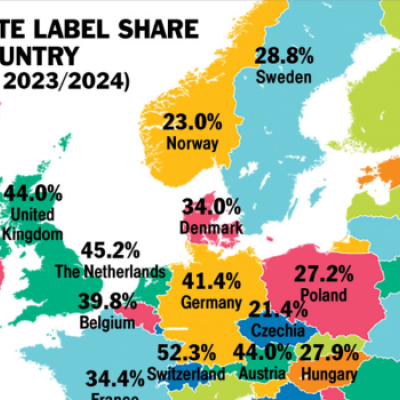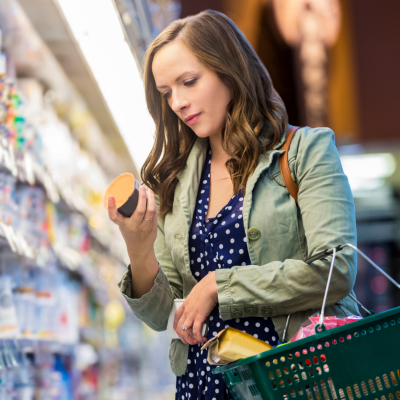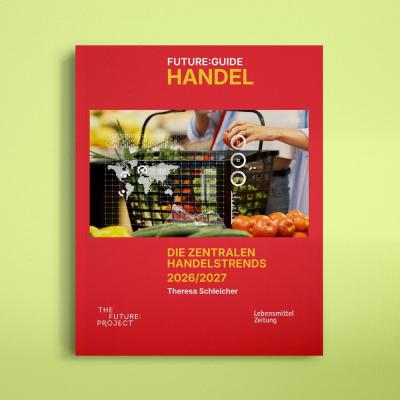Are you ready to explore the next chapter in private label growth and innovation? Join PLMA’s Lunch & Learn webinar, a one-hour online session designed especially for private label manufacturers, retailers, and wholesalers across Europe who want to stay ahead of the curve.
This session, "The rise of Private Label: How retailers are redefining value and innovation," will be led by Sneha Haria and Stephanie Leung from IGD, who will share exclusive insights from their newly released Trends 2025 report.
Gain a first-hand look at:
- The latest global and regional private label trends shaping the market in 2025 and beyond
- How retailers are transforming value and innovation to meet evolving consumer expectations
- The growth opportunities and challenges facing European manufacturers and retailers
- Key strategies to navigate change and strengthen your competitive edge
Set within the wider retail landscape, this session will provide practical knowledge and strategic inspiration to help your business thrive in a rapidly changing market.
Free for PLMA members, retailers and wholesalers.
Secure your place now and make the most of your lunch hour by investing in your future success. Click here to request a registration link!










